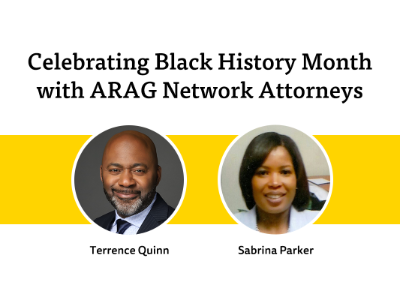Gen Z is entering the workforce in full force. In fact, by 2025, Gen Z will make up 27% of the workforce. As they start their first careers, they’ve been met with confusion over open enrollment and a lack of benefit education.
Are you a member of Gen Z and wondering how to approach your first open enrollment season? Fear not. Our Open Enrollment 101 guide is here to help guide you through the process.
The mystery behind employee benefits
After officially accepting a full-time position, you will have the opportunity to enroll in a number of benefits. You may have several questions running through your mind, like “What is a co-pay?” to “Who pays for my benefits and how are they paid for?”
Open enrollment terminology explained
To help eliminate some of the confusion that can come with open enrollment, we’ve compiled a list of the most common terms and definitions.
- Open enrollment. Also referred to as OE. Open enrollment is the time period where your company or organization allows you to make changes to your benefits, including your insurance plans.
- ER contribution. This stands for employer contribution, or the amount of your benefit that your employer pays for.
- EE contribution. This stands for employee contribution, or the amount of your benefit that you pay for.
- Co-pay. A co-pay is the amount you pay to the doctor when you receive treatment.
- Deductible. Deductibles are the amount you pay for covered services before your insurance plan begins to pay.
- Premium. A premium is the amount you pay for your insurance every month. Premiums are usually deducted directly from your paycheck.
- FSA. Also referred to as a Flexible Spending Account. FSAs let you pay for out-of-pocket expenses with tax-free dollars.
- HSA. Also referred to as a Health Savings Account. An HSA lets you put pre-tax money into an account to pay for qualified health services.
- 401k. This is an employer-sponsored retirement savings account. The money comes directly out of your paycheck, and your employer may match a percentage of the contributions you make.
- 403b. A 403b account is similar to a 401k, but it is only available for non-profit and tax-exempt organizations, like schools, universities, hospital organizations and religious organizations.
- Roth IRA. Also referred to as an Individual Retirement Account. You are able to contribute after-tax dollars toward a retirement account.
- Lifetime maximum. This is a dollar limit on what an insurance company will spend on your covered benefits while you’re covered by a plan.
- Eligible. An eligible employee is someone, including an employee’s spouse or child, who is eligible to be covered by an organization’s insurance or other benefit.
- In-network. This refers to a provider who accepts your insurance plan.
- Out-of-network. This refers to a provider who does not accept your insurance plan.
- HMO. Also referred to as a health maintenance organization. This is a type of insurance plan that only allows coverage from doctors within a certain network, except in an emergency.
- PPO. Also referred to as a preferred provider organization. This is a type of insurance that works with certain doctors and hospitals to create a network of providers. The advantage to a PPO is that you will typically pay less.
- Voluntary benefit vs. employer-paid benefit. Voluntary benefits are anything provided by an employer that you can choose whether or not you want to participate in. This commonly includes things like legal insurance, pet insurance, tuition assistance and more. Employer-paid benefits commonly include insurance like health, dental and vision insurance.
5 ways to make the most of your open enrollment period – and beyond
Did you know that only 44% of employees think their employer communicates about benefits very well or extremely well? While it’s best to work with your HR team to learn about your specific benefits, there are a few steps you can take to help educate yourself.
- Don’t wait until open enrollment to start learning about your benefits. If possible, browse your company’s intranet or HR website beforehand to learn about the benefits that are available to you. Make a list of questions that you have and reach out to your HR team so you feel prepared when enrollment begins.
- Take advantage of all the resources, tools and expertise available. Many companies and organizations will offer benefits fairs before or during open enrollment. You can talk to representatives from each benefit provider to learn more about what they offer.
- Use tools and calculators to determine your monthly benefit costs. Use tools from various websites and apps to learn about how each benefit will affect your paycheck. This can help you prepare for any adjustments your budget might need.
- Be informed and take your time. With benefit selection, there’s no need to rush. Take the time to confirm your selections and ask questions before making your final decision.
- Think about balancing immediate needs vs. long-term goals. It’s important to balance immediate needs, like paying off student loans and other debt or paying for medical insurance, with long term goals, like investing in your 401k. Find a balance between investing in yourself now and investing in your future self.
While your first open enrollment can seem intimidating, your HR team is there to support you. And after this crash course, you can feel confident in your benefit selections.



